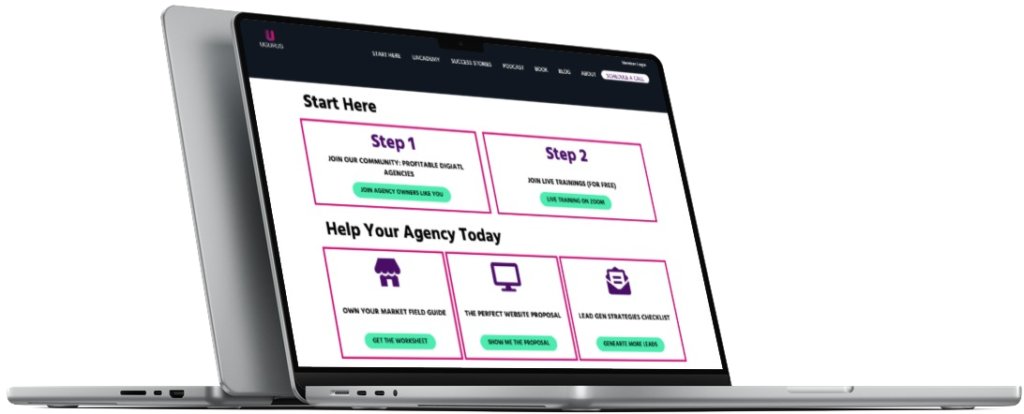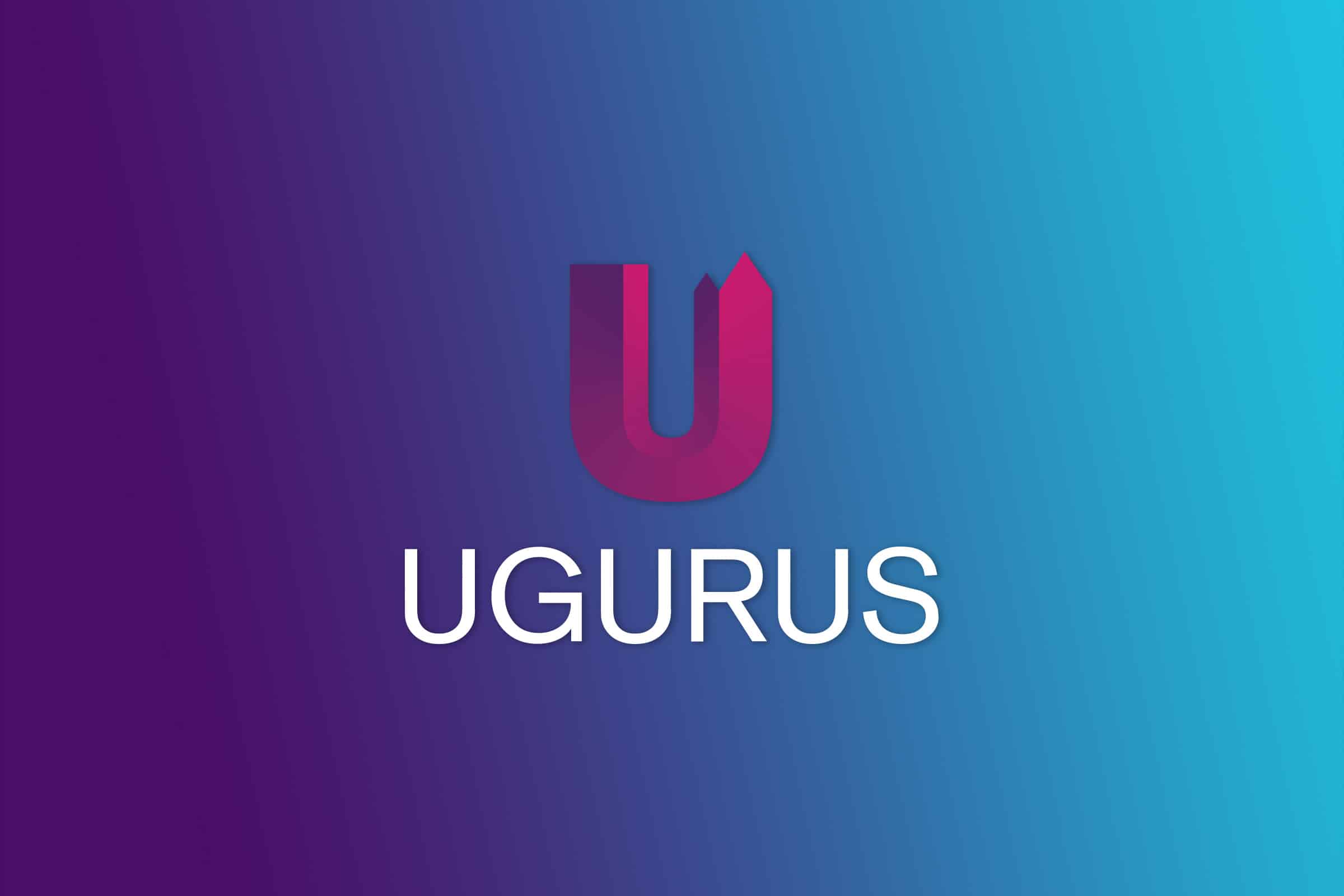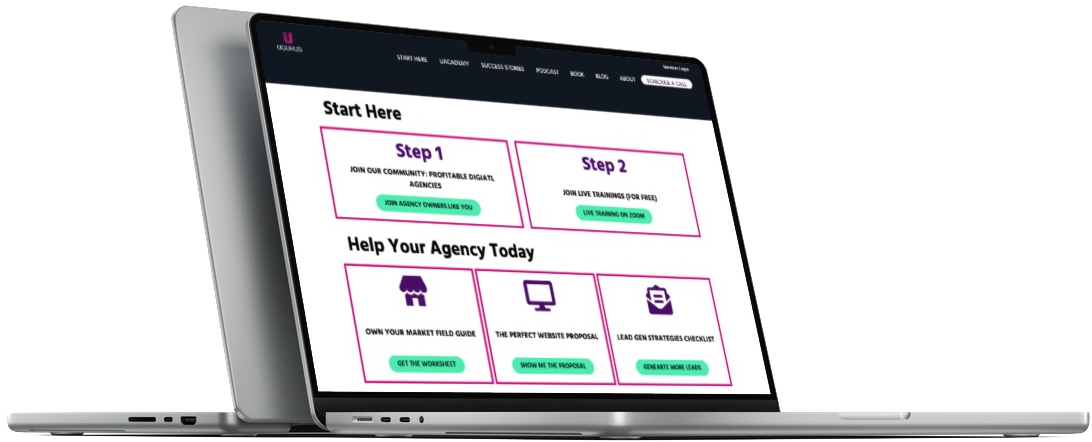 What’s the fastest way to overcome a ton of competition? A great proposal presentation is the key. But it’s not enough to just tell a client what you offer.
What’s the fastest way to overcome a ton of competition? A great proposal presentation is the key. But it’s not enough to just tell a client what you offer.
A lot of digital agency owners have the same problem.
You have a potential client lined up. They seem like a perfect fit for your business and they could be the source of a lot of revenue.
But you have a ton of competition for the project. The client’s looking at five or 10 other agencies, which makes it so much harder to stand out from the crowd.
I discovered that my proposals held the key to overcoming that competition.
If you can create a dynamic and interactive presentation around your proposed solution, you hook the client. You get them engaged and you educate them. This means they’re much more likely to select you as their solution provider.
So, the question’s simple.
How do you create an amazing proposal?
I dig deep into this in the materials that I provide to the UACADEMY Community. However, I’m going to give you a little insight in this article.
You need to show, not just tell, when you’re proposing.
What Does “Show, Not Just Tell” Mean?
Imagine that you’re sitting down with the kids and you’re going to tell them a story.
You could just read from a book. Or, you could just mechanically go through the motions of a story that you have in your head.
You might hold the child’s interest for a while. But eventually, they’re going to drift away from the story and you start to become background noise.
You’re telling them the story instead of showing them.
Instead of doing that, what if you introduced puppets into the story. Each puppet represents a character who acts out the scene that you’re describing. The child might even be able to get in on the act and play with the puppet too.
Plus, you’re using Lego to construct a few sets for the puppets to interact with. And again, the child’s involved in that process too.
Now, they’re much more engaged in the story. You’re not just telling them something. You’re acting it out with your props and showing them something that keeps them engaged.
You’re pulling out some bells and whistles to keep them interested.
Show, not just tell is all about doing the same thing for your potential clients.
Many agencies struggle to frame their proposals and presentations in a way that grabs interest. You might stand in front of the boardroom with a few slides that you talk through. And you may have a proposal document that you submit that tells the client what you’re going to do.
And that’s important. You need to tell the client what you’re going to do.
But you also need to build on that. You need to bring your proposal to life using real-world examples that show them what you mean.
When you show as well as tell, you create opportunities to further educate your client. In the process, they become more engaged with your business and you stand out from the competition.
So, how do you do it?
I’m going to talk about a few tips that you can use, with examples, so you know how to approach the presentation.
Tip #1 – Show them the “Why” Behind Your Deliverables
As part of your proposal, you’ll outline the deliverables that you’re going to give to the client.
The key is that you go beyond the outline and explain why you’ve chosen these deliverables.
For example, at UGURUS, we recommend starting projects with a detailed planning stage. The reason for this is that you don’t want to get to the five-yard line of a project only for it to fall apart.
It costs time and money both for you and your client.
With the reason explained, you then show the client what that planning stage involves. This may mean providing examples of deadlines and milestones that you might set. And you’ll also discuss the project management system you use and how you set it up for the client to use it.
Another example could be setting up a sitemap. I’d estimate that about 90% of your clients don’t know what a sitemap is.
This gives you an opportunity to educate the client on something that they haven’t encountered before. You can discuss how the sitemap helps search engines to track all of a website’s pages. Plus, you can show examples of existing sitemaps and discuss how the document helps you figure out the true scale of a website.
Explaining the “why” makes it super clear what you’re delivering to the client. They don’t have to go away and do research or make any assumptions.
Tip #2 – Show a Process in Action
All of these little points of education can give you the opportunity to dig into something more interesting.
For example, you might move from talking about the sitemap into talking about website navigation. And from there, you may start talking about conversion content.
That’s a meatier topic where you can really show the value that you bring to the table.
Again, you start with an explanation of what conversion content is and why it’s important. You might even link it into your discovery, especially if the client mentioned that their website doesn’t generate leads.
But in this example, you’re able to show the process in action.
You’ll talk about how you’re going to build an opt-in form. As well as telling them about it, you can pull one up to show them. From there, you can show how the process moves from opt-in to sending an email or newsletter.
Again, you can show examples of those deliverables.
You can also show the client the system you use to deliver that content. If you’re using Infusionsoft, for example, you can open it up and show them a campaign that’s already in progress. You can also show them the stats for the campaign and how you interpret them.
Finally, you can show the results of the campaign to prove that you know your stuff.
You’re involving the client in the process. They can see that you know exactly what you’re doing and how it all slots together.
That’s so much more effective than just saying: “We’re going to help you create conversion content.”
Tip #3 – Always Have a Client Case Study Ready to Show
A real-world example is always more effective than a description.
Take the above process tip. If you can show a real conversion content strategy that you’ve put in place, with real results, you’re showing the client what you can do.
Or you could take my sitemap example from earlier. Why do I know how much a sitemap can reveal?
We’ve worked with Emrick and Hill. They sell a wide range of products, including lubrication systems and air and fluid systems. Under each of those categories, they had tons of different products and services.
We went through all of that with them because it wasn’t on their website. They didn’t have an existing sitemap either. So, we sat down with them and developed a sitemap before we ever started building the new website. And that allowed us to show them the full scope of their project.
That’s a real-world example of how a sitemap benefits a client. If you were a client right now, I could pull up that example if I get any blowback from suggesting the creation of a sitemap.
Make sure you have examples like these to lean on when you’re showing why certain deliverables are in your proposal.
Tip #4 – Involve the Client
Any way that you can make the proposal interactive benefits your agency.
For example, let’s say you’re talking about mobile-friendly design. Again, a lot of your clients have heard of this but may not know what it is.
This gives you the opportunity to tell them about responsive design and what it means for their website. But you can also show them and have them interact with a site that uses responsive design.
You could have them examine a responsive website on different devices to see how the methodology changes the website. They can interact with it and you can show them things like how logos might shrink or how the navigation hierarchy changes.
That’s going super deep on the show to the point where they’re interacting. And that’s going to engage the client. They can see what you tell them about in action.
Learn How to Show and Tell
There’s an art to creating a great proposal. Learning how to show as well as tell is part of that art.
You’re looking to do something more than just talking about the same solutions that every other agency offers. When you show the client real-world and interactive examples, you engage them in the proposal process.
They can see that you offer what you say you offer. Plus, they actively learn about all of these terms and deliverables that they’re not really clear on.
This is just one aspect of building a great proposal and presentation. The UGURUS Community has access to much more.
Why not apply online today to find out if you’re eligible for a FREE strategy call with UGURUS?
GET YOUR FREE AGENCY ACCELERATOR PACKAGE


 What’s the fastest way to overcome a ton of competition? A great proposal presentation is the key. But it’s not enough to just tell a client what you offer.
What’s the fastest way to overcome a ton of competition? A great proposal presentation is the key. But it’s not enough to just tell a client what you offer.


